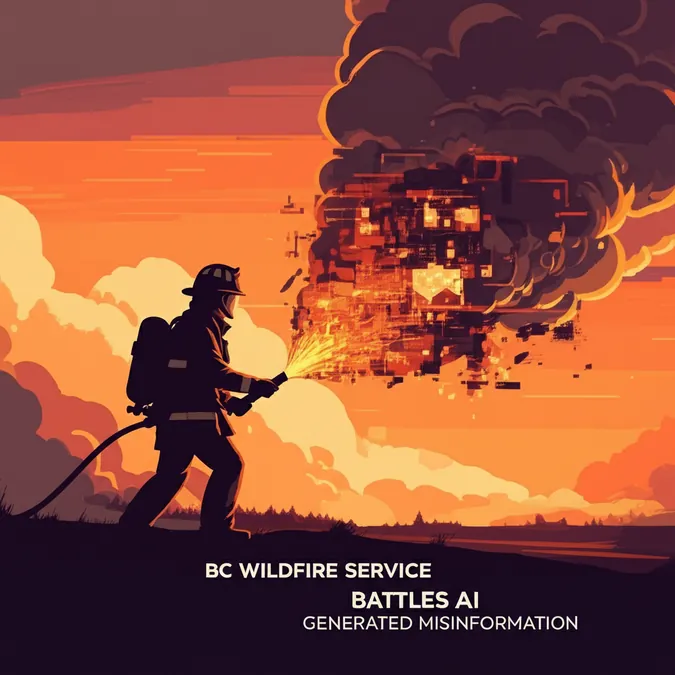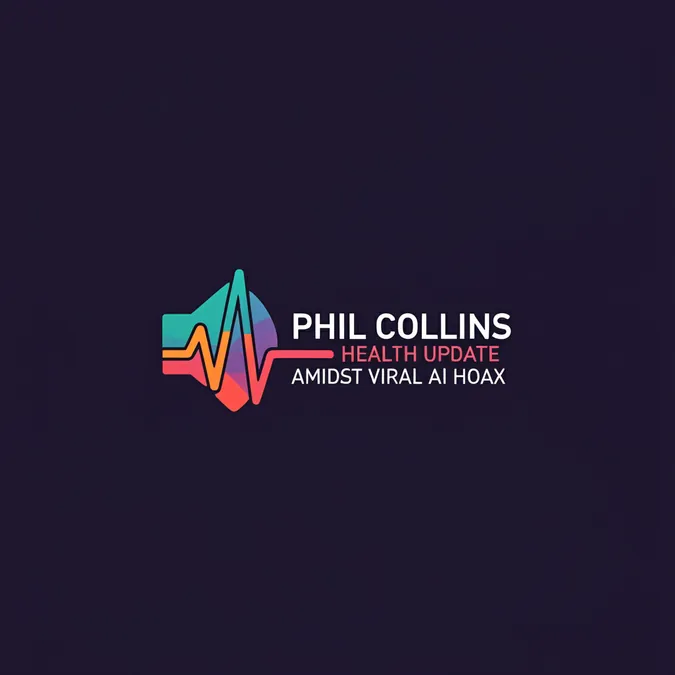Developer Offer
Try ImaginePro API with 50 Free Credits
Build and ship AI-powered visuals with Midjourney, Flux, and more — free credits refresh every month.
Making The Impossible Ad How RGA Harnessed Generative AI
Earlier this year, the agency R/GA was handed a monumental task: to create an advertisement that would be impossible to produce without the use of generative artificial intelligence.
The challenge was issued by Google, which aimed to showcase the power of its generative video model, Veo. To intensify the pressure, the tech giant gave R/GA a tight deadline of just four weeks to complete the project.
“It was slightly terrifying,” admitted Nicholas Pringle, chief creative officer for EMEA at R/GA.
The final product, unveiled in June, was an experimental spot titled “From the Mountains to the City,” featuring luxury fashion brand Moncler. This short film quickly became a topic of conversation on social media and at the Cannes Lions festival, where Google presented it to creative industry leaders.
Pringle acknowledged that while the platform had its limitations, it compelled his team to forge a new creative methodology and demonstrated the rapid advancements in AI technology.
A New Creative Process Embracing Randomness
Traditional filmmaking follows a strict, linear path: script, storyboard, shooting, editing, and post-production. “At no point would you want to go back a step, because it’s cost-prohibitive,” Pringle stated.
With AI, however, the process became significantly more fluid and adaptable. Flexibility was paramount, as the prompts given to Veo for each scene did not always yield the expected results.
Pringle noted that it could be “frustrating” when the tool failed to generate a specific scene, such as a man zipping up a tent. Yet, at other times, he described the tool as “amazing,” as it produced unforeseen visuals that were then integrated into the ad's narrative, like the striking ice sculptures that appear in the final film.
“In that way, AI becomes like a creator, because sometimes the randomness of the technology presents you with something you hadn’t anticipated,” Pringle said.
Sadie Thoma, director of Google Ads marketing, added that AI-powered filmmaking allows for more “real-time direction.” She explained, “It opens up the aperture for creativity, because you don’t have to shoot exactly what’s in your storyboard.”
This unpredictability posed a challenge when working with a luxury client like Moncler, which maintains exceptionally high standards. Pringle mentioned, however, that Moncler was enthusiastic about experimenting with the new technology. The creative process also transformed client approvals, as ideas were presented as living, moving scenes, reducing the need for a big reveal moment. “You have to have a clear vision,” he explained.
Building New Workflows and Facing AI Limitations
To manage this project, R/GA developed a new internal system for collaboration called Shot Flow. This app, built with Google’s AI assistant, Gemini, functioned as “a shared workspace where we could deconstruct every element of a scene,” said Pringle.
As creatives prompted Veo from different offices around the world, Shot Flow helped to streamline their efforts and achieve more consistent outcomes.
Despite these innovations, AI tools still present notable limitations. Pringle identified character consistency as the primary challenge, noting that characters in the Moncler ad subtly change their appearance between scenes. Visual glitches, like the distorted tent zipper, also remain an issue that tech companies have yet to solve.
Another significant hurdle involves legal considerations.
“There’s a big limitation around the legal framework of using AI commercially,” Pringle said, highlighting that brands and agencies are still navigating how to mitigate copyright risks.
The Synergy of Human Creativity and Machine Power
While Veo dramatically accelerated the creative workflow, Pringle emphasized that it is not a substitute for human ingenuity.
The video may have been generated by AI, but the score was composed by musician Tom Gallo. The script, prompts, and visual direction all originated from the creative team, who applied their taste, experience, and storytelling skills to the project.
“The combination of all those things made it feel like the vision of people, not just a machine,” Pringle remarked. “There’s a tool that enables us to create, but it requires human ingenuity, taste, tactical prompting, and understanding how to leverage that technology.”
For any creatives who are hesitant to adopt AI, Pringle offered this advice: “Get into these tools and start playing around with them, no matter how idly. Just try and make your first thing.”
Compare Plans & Pricing
Find the plan that matches your workload and unlock full access to ImaginePro.
| Plan | Price | Highlights |
|---|---|---|
| Standard | $8 / month |
|
| Premium | $20 / month |
|
Need custom terms? Talk to us to tailor credits, rate limits, or deployment options.
View All Pricing Details


